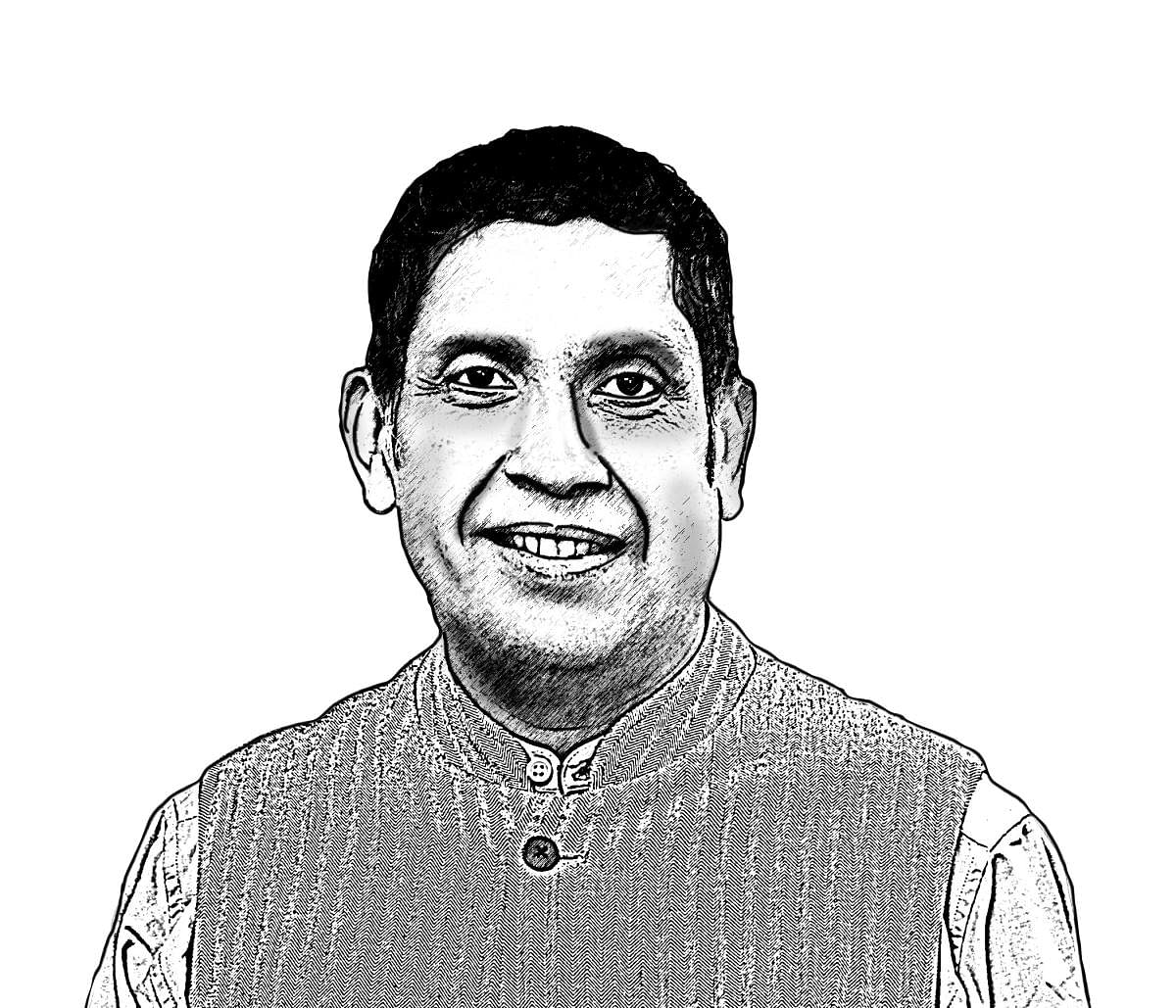
There is a ‘one nation’ bhajan being chanted loudly by India’s ruling powers for the last few years. One nation, one identity. One nation, one election. One nation, one language. One nation, one exam. One nation, one syllabus. One nation, one tax. They argue that such ‘oneness’ is necessary to unite and strengthen the nation and so the Union government must set uniform policies for the entire nation.
India’s religious, linguistic, cultural, culinary and climatic diversities are very well known. What is much less understood and appreciated are India’s economic, political and demographic diversity. The average person in Bihar earns Rs 45,000 a year while the average person in Karnataka earns Rs 2.3 lakh, nearly five times more. There are 23 different political parties that are in contention to win an election and govern the various states of India. The average person in Uttar Pradesh is 22 years old while the average Keralite is 35 years old. So, not only do people in various states speak different languages, eat different foods, and celebrate different festivals, but they also vote for a different party, earn different amounts, and are half a generation apart in age.
This staggering diversity of India is both a matter of pride and shame. We should be proud of our rich social, cultural and even political diversity but the vast economic and demographic differences across India’s states are undesirable and detrimental. Economic divergence across states have widened enormously since independence and now threaten to create fault lines. There is an urgent imperative to narrow the livelihood gap between the various states. For this, India needs a ‘one nation, many policies’ approach, recognising that varying states need localised policies. Imposing ‘oneness’ with a feudal mindset and an iron grip from Delhi on such a diverse and diverging set of states can be counter-productive, trigger separatist ideas and prove to be ‘anti-national’. This new column will present evidence of India’s divergence across states, highlight the dangers of ‘one nation one policy’ and argue for a shift from a ‘feudal’ to a ‘federal’ mindset for the Union government.
To start, let us understand the magnitude of economic inequality of the various states of India. Of the 30 states and Union territories of India, the top five states – Maharashtra, Tamil Nadu, Karnataka, Gujarat and Kerala – produce as much economic output as the remaining 25 states and territories combined. That is, they account for nearly half of the country’s GDP. In comparison, the top five states in America and China account for only a third of their total GDP. Which means, economic activity in America and China is more evenly distributed than in India.
Because most of India’s economic activity is concentrated in a few states, these states also contribute an inordinately larger share of funds to the Union government’s tax kitty. The Union government collects income taxes, GST and excise duties from individuals and corporates in each state. Leaving out corporate taxes since they are difficult to apportion to a state, we undertook an elaborate exercise to calculate taxes paid by residents of each state to the Union government using official data from government, petroleum ministry and parliament records. (for detailed methodology, see www.praveenchakravarty.in)
The average person in Maharashtra, Karnataka or Haryana pays Rs 20,000 every year in taxes to the Union government. But the average person in Bihar pays only Rs 2,000, while the average person in UP or Madhya Pradesh pays Rs 4,500. That is, the person in the richer states pays five times more federal taxes than the person in the poorer states. This gap is the widest in the world. The average person in the richer states or provinces of America or China pay three times more than those living in poorer areas, much less than the gap in India.
The Union government collects these taxes and redistributes some of it back to the states for schemes and other expenditure, just as every federal nation does, in an effort to close the gap between the rich and poor states. For every Rs 100 paid in taxes to the Union government, the average person in Madhya Pradesh gets back Rs 206 while the average
Kannadiga gets back only Rs 50. Residents of Maharashtra, Tamil Nadu, Karnataka, Gujarat and Haryana are net contributors to the Union government’s tax kitty and, on average, get back only Rs 46 out of every Rs 100 they pay. The remaining amount is used to fund all the other states. So, the average resident of Bihar, UP, Madhya Pradesh and Rajasthan gets back Rs 260 for every Rs 100 they pay. This is a perfectly legitimate policy to narrow the economic divide between the rich and the poor states. But this gap has only widened with time and not reduced, prompting the contributing states to question such continued skewed distribution of resources.
It is in this context that forcing a ‘one nation one policy’ by the Union government can provoke people and trigger a wave of sub-nationalism that can threaten the delicate fiscal balance of India. If the Union government were to dictate that a Karnataka government providing, say free internet, is not permitted to do so, then the Kannadiga may turn around and question why the Union government is using her tax funds to pay for free scooters for people in UP. Or if a Tamilian is forced to learn Hindi against her wishes, she may ask why her family’s taxes should be used to pay for Bihar’s farmers. These are dangerous triggers that one should strive to avoid at all costs. India’s vast differences can quickly turn volatile if they are not respected and given space. As Chakravarti Rajagopalachari, Mahatma Gandhi’s conscience-keeper, reminded us, “Unity does not mean uniformity”.
The author is a Congressman curious about correlations, causes & consequences @pravchak